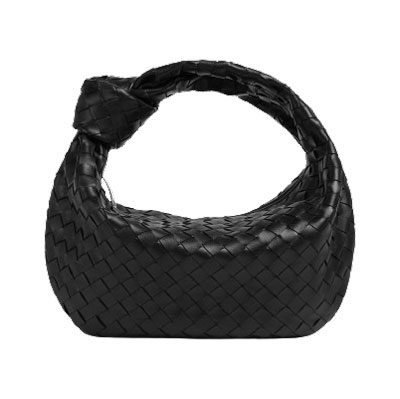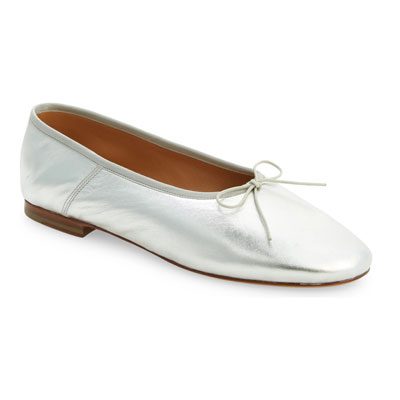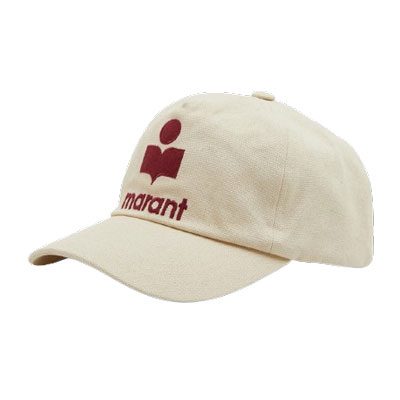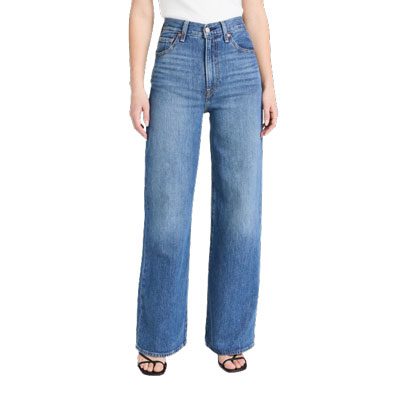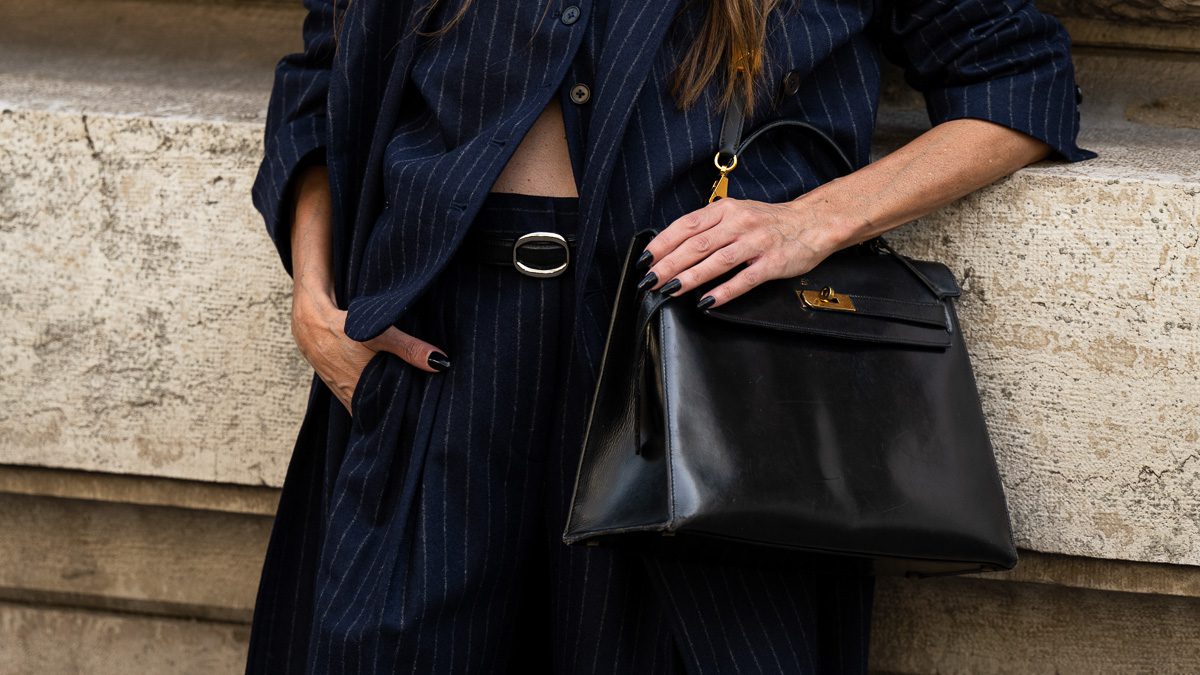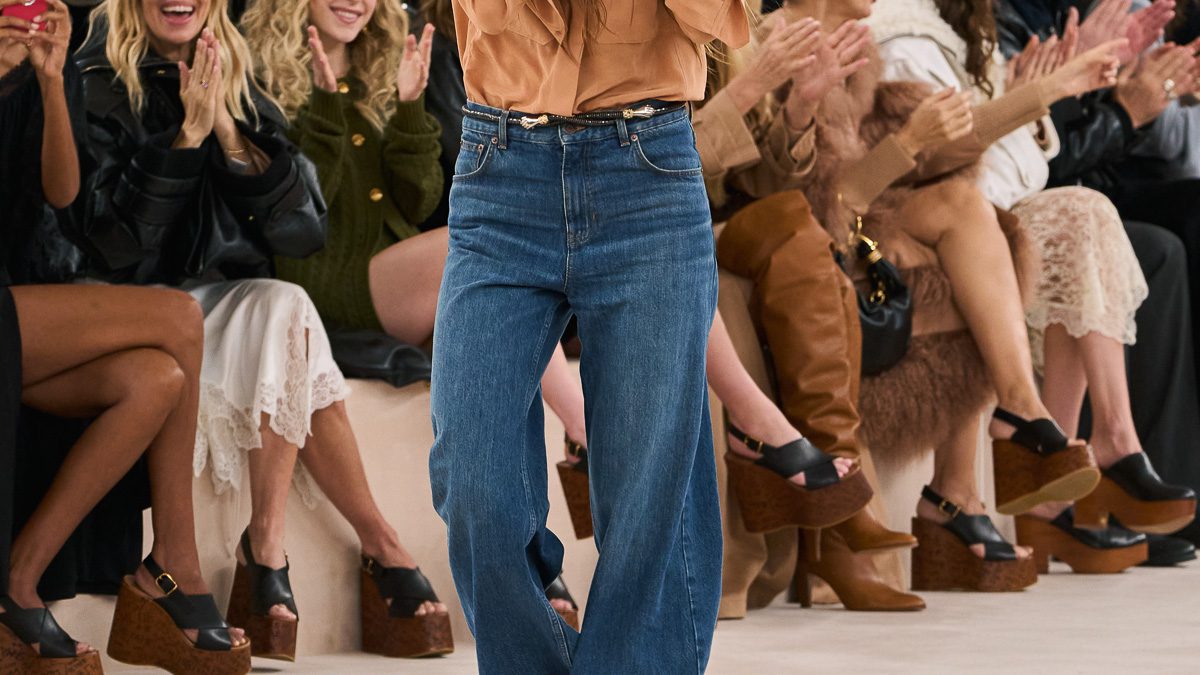From e-commerce opportunities to the rise of fast fashion and streamable runway shows, the Internet has completely revamped the world of fashion in the last few years especially. But no tech-related invention has disrupted the industry quite like social media has.
Not only have the likes of Instagram made fashion more accessible by providing a direct link between brands and consumers that include new avenues of advertising, but social media platforms have allowed for the birth of influencers who have carved out a portion of the business for themselves. Functioning as intermediaries, these personalities now have the chance to make or break trends and companies.
So what does the relationship between brands and influencers look like? Although they vary depending on the notoriety of each player, the partnerships usually have gifting efforts in common. In short, brands exchange the likes of bags, jewelry and clothing for social media exposure. Major campaign drops have also come to define the business, when a huge number of accounts simultaneously posts images of a new product, quite literally drenching a user’s feed to inoculate a sense of devotion for the release.
How do these collaborations function? Who mostly benefits from them? Is an exchange of money involved? Are these campaigns even legal? We investigate.
Who comes first: the influencer or the brand?
“Usually, I receive messages from brands saying they like my account and we’d make a good partnership,” says Hailey Rizzo, founder of fashion and beauty blog Feeling Good as Hail, which boasts nearly 2,000 Instagram followers. Considered a micro-influencer—an account with 1,000 to 100,000 followers in total—Rizzo is a pretty valuable player in the game at the moment. In fact, although perhaps not reaching as many fans as more prominent social media profiles, micro-influencers usually enjoy a devoted following that trusts them and is more likely to follow their buying advice.
Micro-influencers are also more likely to post about a gift given the relative lower number of products they receive compared to more renowned accounts. “We mostly target influencers with less than 5,000 followers,” reveals Marquis Matson, the head of content marketing and lead of partnerships at Sozy, a women’s clothing brand. “That’s because the smaller ones are more excited about receiving compensation via gifts and about the products themselves.”
Generally speaking, brands like Sozy identify interesting accounts and reach out to them about their disposition to receiving and potentially posting about a new release.
“I have personally never requested a bag from a brand. When I receive products it’s the brand that approaches me saying they’d like to send me something. In some cases, they ask for me to pick a color, for example.”
“I have personally never requested a bag from a brand,” says an influencer with over 850,000 followers on Instagram who prefers to remain anonymous given the sensitivity of the topic at hand. “When I receive products it’s the brand that approaches me saying they’d like to send me something. In some cases, they ask for me to pick a color, for example.”
That approach seems to be the norm all around. Rizzo mentions links to portals where tapped social media personalities are asked to fill out documents with their personal information, “what product you want based on the options they give you” and sizing data. “I think it’s very helpful because, instead of having this weird back and forward, it’s easy for the brand [to keep everything organized],” she posits.
At Sozy, for example, the staff reaches out to accounts with an application. “We just double check that this is who we want [to represent us] and we send them an electronic gift card,” explains Matson. “Then they shop on our website and post what they bought.”
What do brands get out of this?
Although brand name recognition is still a powerful tool, it’s clear that social media has somehow leveled the playing field, giving smaller companies the chance at exposure as well, perhaps even moving past traditional advertising efforts.
In fact, it seems like gifting opportunities aren’t necessarily about conversion rates but exposure. Users might not purchase every product endorsed by a micro-influencer, but they’ll sure remember a brand they keep seeing on Instagram—potentially developing a sense of trust and devotion towards it.
“[Gifting] hasn’t necessarily increased our earnings too much compared to regular paid-for ads, but there is more engagement and more traffic coming to our website,” says Matson, revealing that influencer posts get more traction than the brand’s own.
In addition to publicity, the labels also guarantee themselves the rights to the images posted by the various online personalities. “Usually, we are expected to post a picture before a certain date and then we give them the rights to the picture,” says Rizzo.
As for what kinds of pictures the brands are looking for, it varies. Overall, companies seek posts that flow with their own ethos and image. Guidelines are in place and some companies ask to approve the post before it’s blasted off to users—like Sozy does. “We do that just so that they are not showing another brand’s clothing alongside ours and they match our style,” explains Matson.
“They usually don’t want any competing brands in the picture and just kind of encourage whatever their brand image is,” says Rizzo. “They might be known for being super clean and simplistic, for example, or for having golden lighting or greenery in an image.”
The anonymous influencer has had a bit of a different experience. “Usually the rule is: if there’s a budget in exchange for the content created, the brand can have a say in the production and style of the image,” she explains. “If it’s simply a gift, it is up to each and every influencer [to style a photo]. I don’t think the brand can give much direction if they simply want to send you a gift.”
Which brings us to a main point of contention: the exchange of money for content.
When it comes to gifts, though, things are a bit murkier. If not directly paid to post about something, online personalities tend to not reveal the nature of the relationship.
Are there any legal terms to abide by on social media when partnering with brands?
Although each social media avenue boasts its own guidelines, most gifting opportunities and brand collaborations take place on Instagram, where paid-for ads need to be clearly labeled as such.
When it comes to gifts, though, things are a bit murkier. If not directly paid to post about something, online personalities tend to not reveal the nature of the relationship.
“It’s not that I don’t want to say it, but if I don’t have to, I just don’t,” explains Rizzo. “If I got paid for something, then I would make it very clear that I did.”
But the root of the conversation is probably based on expectations. Although no exchange of money was present throughout the gifting process, does the brand expect the influencer to post a photo? And, if that is so, is the integrity of the influencer—and what he or she really thinks about the gift—compromised? Can followers believe that the accounts they follow are actually giving an honest depiction of a product they are urging them to buy?
“I personally only accept things that go with my style and from brands that I would purchase from myself, so that everything feels cohesive and genuine,” says the anonymous source. “I don’t accept any items that I don’t think I would genuinely wear or incorporate in my wardrobe naturally.”
According to Matson, brands—or, at the very least, the brand she works for—do expect a post following a gift. “We’ve never gotten any pushback about not liking a product,” she says. “Sometimes, it might rip and then we send them a gift card to replace it with something else.”
“I am a firm believer in posting only the things that I like,” says Rizzo. “If I received something I didn’t like, I would just send it back.” And, yes, that’s happened to her before.
Although mostly left unspoken, the idea of gifting and paid-for-product-placement isn’t an entirely new concept
How do magazines and editorial personalities figure in all of this?
Although mostly left unspoken, the idea of gifting and paid-for-product-placement isn’t an entirely new concept. In the past few decades, brands would reach out to magazines and publishing outlets to access reader’s attention. Although slightly different in execution, the idea has always been the same: readers trust the magazines they are paging through and the social media personalities that they are following and will therefore be more likely to buy a product if seeing it displayed across those outlets.
The publishing world seems to still be involved in this conversation, albeit slightly differently than the way influencers are thought of.
“I fall in a different category than traditional influencers,” says Megs Mahoney Dusil, PurseBlog’s own CEO and co-founder. “The majority of people follow us on our website and not Instagram so it’s a completely different field in media.”
Not involved in timed drops, Mahoney Dusil does, however, receive products that, sometimes, she ends up writing about. “The majority of the bags that we talk about are PR samples,” she explains. “We get them, photograph them ourselves and might even do a review of it on Instagram and then that bag will go back. If I wrote about one that I own, I will say that I own it.”
As a general statement, given her years in the industry, Mahoney Dusil has developed personal relationships with brands and so is used to a more organic-like coverage. “If it’s not something that works for us, then we will not post it,” she says matter-of-factly. “We have full control of editorial.”
She goes on: “I have been given things that I don’t write about. If so, I’ll reach out to the brand and thank them but we don’t actually write about it after. I keep full control over what it is that goes up and when, especially when it comes to gifts.”
The writer and editor is also adamant about pointing out the difference between a sponsored post and an editorial article developed in-house following journalistic standards. “We do get paid for sponsored content but that’s not part of the gifting process,” she says. “And it is labeled as legal sponsored content.”
She once received a Gucci bag as a gift after she worked on a bigger piece of sponsored content that was labeled as such and that the website got paid for. There was no quid-per-quo following the gifted bag.
Is the trend here to stay?
According to just about everyone interviewed for this piece, yes.
“I think brands will start working with micro-influencers even more because their audiences are more loyal and they are able to create a conversation, with followers commenting on their pages [more often than on bigger personalities’ feeds],” says Rizzo.
The anonymous personality agrees with that sentiment. “I think it’s an essential part of the industry as it’s creating a buzz around a new product and helps the brand develop their image,” she says. “I do think it’s very important for brands to really consider who they do this with. Make sure to be inclusive and pick people who match the brand.”
On the editorial side, Mahoney Dusil argues that the fad is likely more of a permanent aspect of the industry given what “it costs brands to send a gift versus paid sponsorships.” Most of the time, the former option is a cheaper one.
She hopes and believes, though, that companies will be a bit more thoughtful in regards to who they give items to. “[Customers] are expecting more of brands and the people that they follow these days,” she says. “[This] will be something that shows everyone what brands [are all about].”





